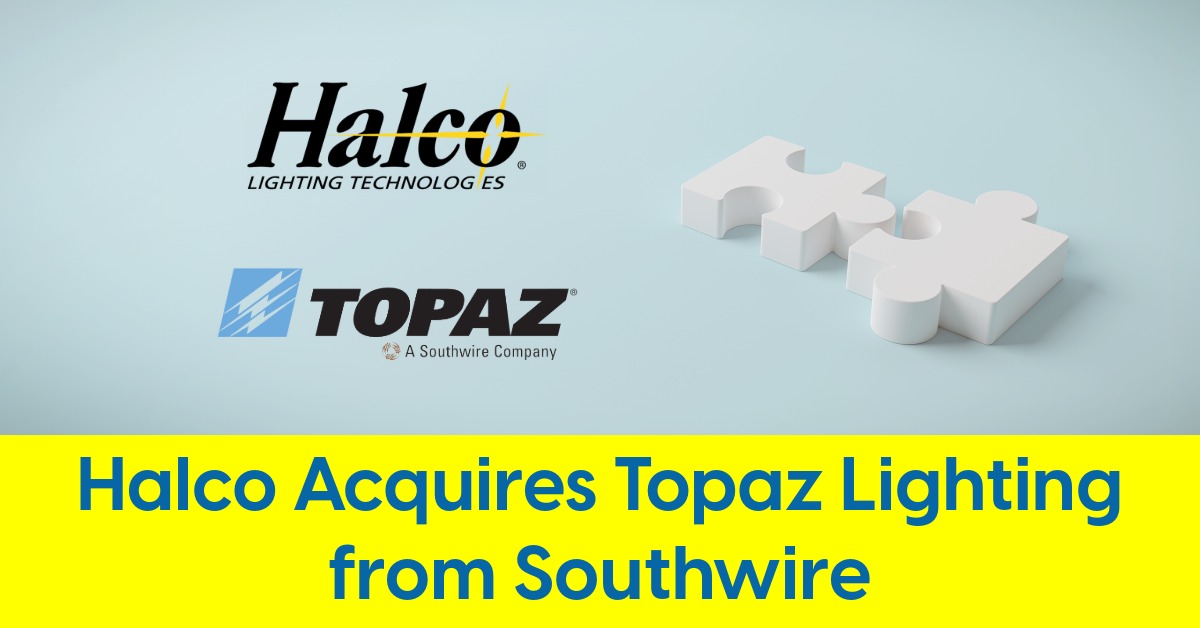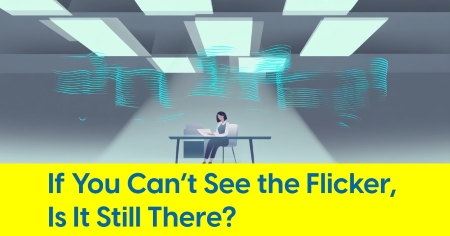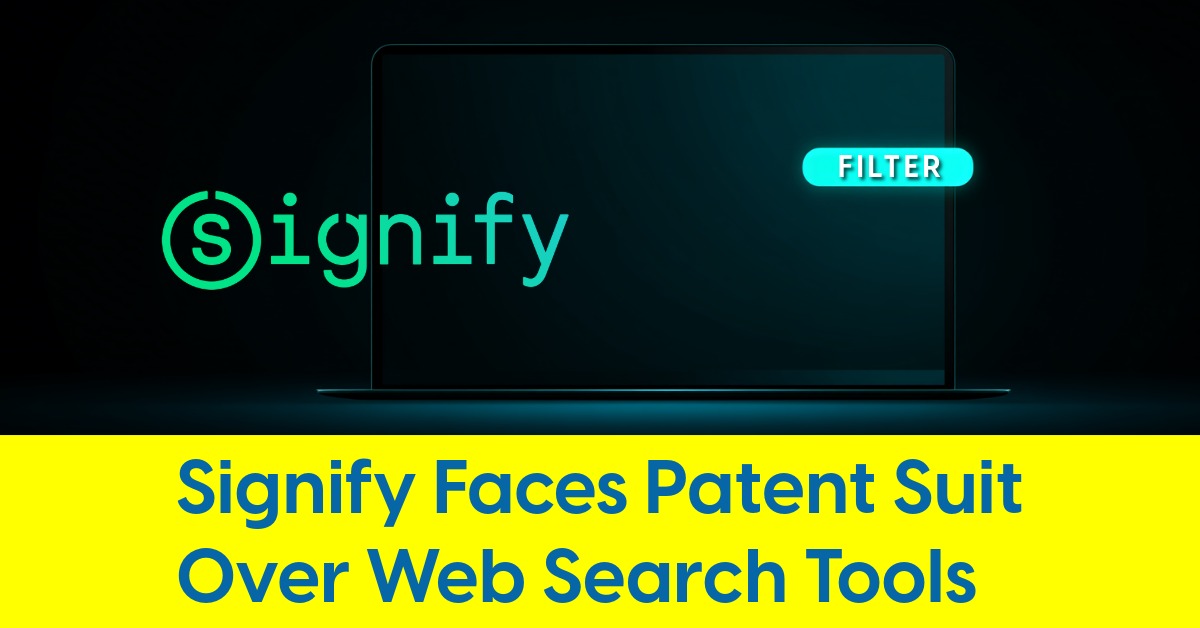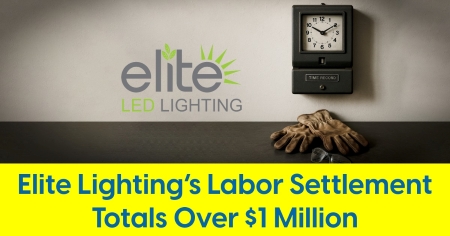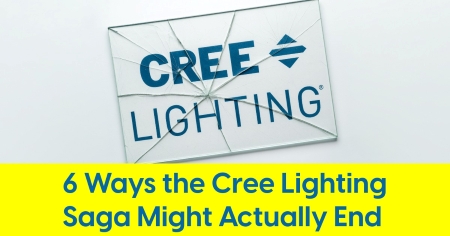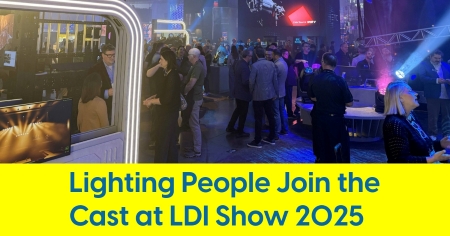November 4, 2025
DLC Rolls Out 6.0 With New Standards, Old Tensions
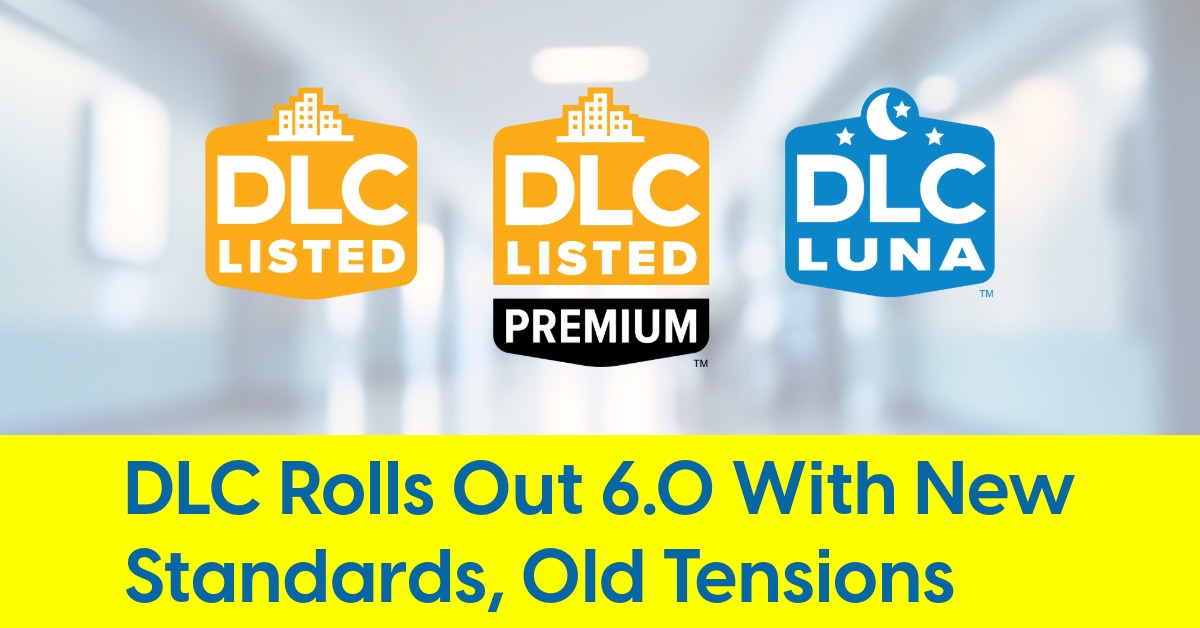
Industry grapples with high costs, increased testing and mixed reactions to sweeping changes
On paper, 2025 should have been a victory lap for the DesignLights Consortium (DLC). After five years of technical work and many months of seeking public comments, the nonprofit released Version 6.0 of its LED technical requirements on Monday, November 3 — a policy overhaul meant to modernize the market. But instead of applause, DLC has spent much of the year defending itself: against manufacturers frustrated with costs, against NAILD's very public demand for its eventual exit from the industry, and against a growing number of voices questioning whether DLC’s relevance has dimmed in an era where nearly every LED is already more efficient than legacy lighting technologies.
Inside the DLC, the response has been calculated. Instead of doubling down, the organization has leaned hard into a message of partnership — emphasizing “constructive collaboration” and stakeholder feedback at every turn. Its messaging, released before the official V6.0 drop, walked a careful line: upbeat and inclusive on the surface, but unmistakably aware of the tension beneath.
Not Just Stricter, Different
Version 6.0 isn’t just a tweak. It’s a reset. The update eliminates minimum light output requirements and raises efficacy thresholds across most categories by 10 to 20 lumens per watt. It also expands the scope of what’s covered — introducing new product categories like E26 medium screw-base HID replacements and sports lighting, while adding tailored subcategories for hazardous and outdoor applications.
The message from DLC: this is the future. The subtext from many manufacturers: this is going to be expensive. Compliance now often means redesigning products to under-drive LEDs and meet thresholds that, while technically achievable, aren’t always commercially practical — especially for architectural brands that don’t play in rebate-driven markets to begin with.
In recent months, some manufacturers have told Inside Lighting that complying with DLC’s Version 6.0 criteria — particularly for high-end, architecturally driven fixtures — can cost tens of thousands of dollars per product line. Some questioned the value of pursuing DLC qualification at all, especially for products that aren’t typically used in lower budget rebate-driven applications like strip malls or commercial retrofits.
What’s New in Version 6.0
- Increased efficacy thresholds by ~10–20 lumens per watt across most product families.
- Modernized and simplified the Technical Requirements Table (TRT) structure for better usability.
- Added new product categories, including:
- E26 Medium Screw-Base HID Replacements
- Dedicated Sports Lighting
- Turtle Lighting
- Solar Outdoor Lighting
- Introduced outdoor application-specific subcategories, enabling more tailored qualification (e.g., wall-mounted, flood, area, canopy).
- Introduced hazardous environment categories (e.g., Class I, Division 2) for indoor high/low-bay fixtures.
- Expanded DLC’s LUNA program integration, enabling simultaneous qualification for dark sky compliance.
- V6.0 efficacy requirements now generally meet or exceed V5.1 Premium levels
- New ANSI/IES test procedure options added, including TM-33 for spectral and angular data submission.
DLC Technical Requirements: SSL 6.0 and LUNA 2.0 »
The Pushback Goes Public
The grumbling reached a crescendo in September, when the National Association of Innovative Lighting Distributors (NAILD) released a scathing open letter calling for DLC to freeze all changes and exit the industry entirely by 2030. The letter accused DLC of financial overreach, ignoring stakeholder input, and enabling “a tidal wave of certified e-waste.” In response, DLC CEO Tina Halfpenny issued a reserved statement, reiterating their commitment to feedback and promising to review the nearly 1,500 comments submitted during the V6.0 process.
But public friction isn’t just coming from distributors. Legal scrutiny has entered the conversation, too. Attorney David Radulescu explored questions relating to DLC’s 501(c)(3) status on a lighting podcast, comparing the organization’s structure to Underwriters Laboratories — implying that a structural split between nonprofit and commercial activities might be a way to maintain trust.
Repositioning in Real Time
If there’s a theme to DLC’s 2025, it’s repositioning. The organization has deployed blog posts, email campaigns, and other messaging to shape the narrative around V6.0 before critics could. They’ve dropped language like “a watershed moment” and repeatedly touted their responsiveness to “over 1,000 stakeholder comments”—a reminder that process, not just policy, is the brand now.
And in fairness, there’s truth in that positioning. The final policy does include concessions: simplified documentation, removal of redundant testing, new ANSI/IES test pathways, and even a “Turtle Lighting” category for sea-turtle-friendly luminaires. But whether those changes are enough to silence critics — or simply delay more existential questions — remains unclear.
The irony, of course, is that DLC still matters. Rebate programs across North America still hinge on DLC qualification. Manufacturers may scoff at efficacy thresholds, but decision makers still check spec sheets for DLC compliance. The power lies not in enforcement, but in inertia. Most of the market falls in line because that’s how the system is built.
And yet, the cracks are widening. Manufacturers are openly asking whether they should bother. Distributors are asking whether DLC is truly impartial. And the broader market is asking a more fundamental question: In an LED-saturated world, is this certification still delivering value?
If the answer is yes, DLC has work to do — policy clarity, structural transparency, and a serious effort to repair frayed relationships.
Because if 2025 proved anything, it’s that compliance doesn’t always mean confidence.


